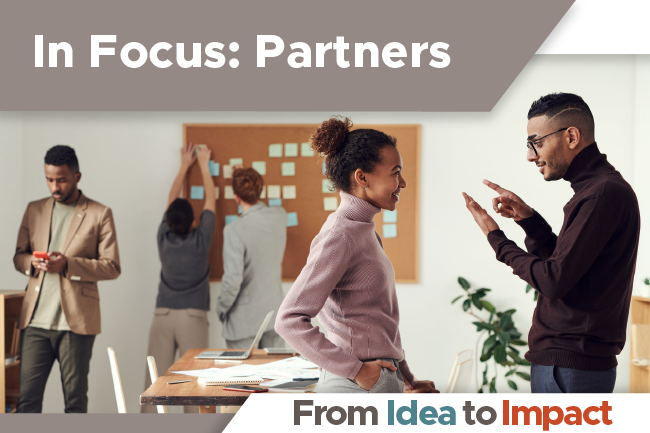Effective Collaboration Requires Clear Communication

To unleash the potential power of partnerships between and among donors, funders approaching from different perspectives need to pay close attention to upfront communication and expectation setting.
After more than a decade working to help advance social impact, I believe strongly in the value of donor collaboratives to tackle the world’s most intractable problems. I first saw their value back when I was the executive director of a family foundation and the board specifically encouraged me to identify strategic partnerships. That effort led me both to a founding membership in a workforce development collaborative and to identifying co-funders for large-scale capital investments in parks in under-invested Chicago communities.
My perspective on collaboratives deepened after I joined the team at Arabella Advisors, where I sit as a philanthropic advisor at the intersection of all donor types – institutional foundation, individual/couple/family, and corporate. We facilitate dozens of donor collaboratives, helping from the design and build stages through implementation and evaluation. Often in conjunction with fiscal-sponsor partners, we host and support collaborative social impact efforts on topics ranging from climate resilience and environmental justice to advancing basic science to reducing gun violence and more. I’ve found donors are attracted to donor collaboratives for a variety of reasons: to gain exposure to a new grant-making area, to maximize financial and social impact, to partner with more seasoned and expert funders, to engage in advocacy efforts, and/or to meet and support front-line grassroots organizations less familiar to the donor. (For tips on effective donor collaborations, see this blog post I previously wrote with a colleague.)
Based on all of this experience, I believe there is a tremendous untapped opportunity to break down silos between larger institutional foundations and donors with few or no staff, and to connect more families and individuals to existing donor collaboratives. Doing so could unleash vastly more capital for good. So what’s stopping such efforts? Too often, the challenges aren’t about values alignment, strategy, or even the tactical steps taken. They stem from insufficient communication, expectation setting, and relationship building.
For example, professional foundation staff seeding and leading donor collaboratives often set out to create a pooled fund to maximize impact, leverage resources, formally partner with peer funders, and (hopefully) reduce grantees’ reporting burden. These are all laudable goals. If the desire is also to attract new individual and family donors to the work, then an intentional learning experience may also be needed to build their understanding and comfort engaging with the collaborative. From one perspective, a learning agenda can seem like a mere add-on or even a distraction from the more essential work. But from the other perspective, it may be the only way an emerging donor can feel like they understand complex challenges well enough to fully engage.
Lack of clarity on roles related to governance and access can also create downstream challenges. Donor collaboratives seeking individual or family donor partners should be clear on whether a contribution leads to a role in governance and full access to information. I’ve seen collaboratives be explicit that contributions up to $X are welcome and the donor will receive quarterly email updates, and that contributions at $Y and above additionally allow a seat at the grant-making decision table. Such clarity helps to avoid conversations that don’t lead to partnership. In addition, an awareness of pace is valuable. While individual and family donors often are not bound by stringent grant cycles and can move swiftly to cut a check, onboarding the new donors to the structure, processes, and partners of the collaborative is best when it’s intentional and matches the donor’s experience level.
There are also key considerations for the individual or family grant maker. A donor seeking an educational opportunity should be transparent about their learning goals and take the time to investigate how educational the partnership will be. For instance, if a donor joins a donor collaborative to multiply the impact of their contribution to a social issue they care about, AND wants to learn more about the issue’s complexity, is the donor comfortable passively learning at quarterly advisory council meetings? Participating in discussions with subject matter experts from institutional foundations can be a learning experience simply by creating access and proximity. But if the donor is expecting a curated learning curriculum, there may be more appropriate venues. Or perhaps a donor’s interest is to learn about grant-making processes to answer questions like: What are the best practices for using request-for-proposals? How do funders connect with small grassroots organizations? What are the most thoughtful ways to include grantees in decision-making? All excellent areas to explore, and there are opportunities to do so through local grant-makers associations, through effective philanthropy webinars and conferences, one-on-one peer funder meetings, and perhaps through joining an existing donor collaborative, but only if it is positioned as such a learning opportunity.
Like all healthy relationships, donor collaboratives require transparent communication and clear expectations. An easily understood governance structure and clear position on a learning agenda can make all the difference. It’s worth the upfront investment for those participating, even when there’s no time to wait to address the world’s most pressing problems.
